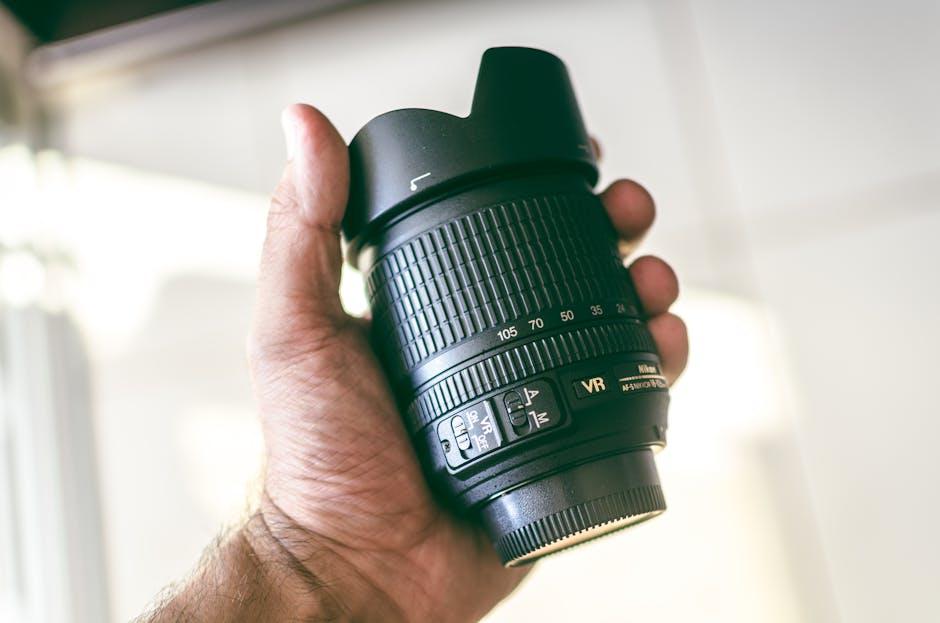In the ever-evolving realm of cinema, the clash between practical effects and computer-generated imagery (CGI) has become a captivating narrative of its own. Modern action films, with their relentless pursuit of the extraordinary, serve as a battleground where these two titans of visual storytelling vie for supremacy. Practical effects, with their tangible allure, evoke a sense of authenticity that harks back to the golden age of filmmaking. CGI, on the other hand, offers limitless possibilities, crafting worlds and sequences that defy the constraints of reality. As filmmakers blend these techniques to dazzle audiences, a fascinating question emerges: how do these contrasting methods shape the modern action film experience? Join us as we delve into this dynamic interplay, exploring the strengths and limitations of each approach in crafting the spectacular.
The Art of Illusion: Crafting Realism in Action Cinema
In the realm of action cinema, the juxtaposition of practical effects and CGI is a dance of illusion, each with its own unique rhythm and flair. Practical effects breathe tangible authenticity into scenes, allowing actors to interact with real explosions, car chases, and meticulously crafted sets. This hands-on approach often results in a visceral experience, where the audience can almost feel the heat of a fireball or the grit of a high-speed pursuit. Filmmakers who favor this method often cite the genuine reactions elicited from actors and the nostalgic charm reminiscent of classic cinema.
Conversely, CGI offers a canvas of limitless possibilities, transforming the impossible into reality with a keystroke. It enables the creation of fantastical landscapes, intricate fight sequences, and awe-inspiring spectacles that practical effects could never achieve. Modern CGI has evolved to such an extent that it can seamlessly blend with live-action footage, often leaving viewers in awe of its seamless integration. However, the key to crafting realism lies in the balance between these two techniques. Filmmakers often employ a hybrid approach, leveraging the strengths of both methods to create a visually stunning and immersive experience.
- Practical Effects: Tangible, authentic, nostalgic
- CGI: Limitless, imaginative, seamless
- Hybrid Approach: Balanced, immersive, innovative

Digital Wizards vs. Traditional Masters: A Comparative Analysis
In the realm of modern action films, the clash between practical effects and CGI creates a visual tapestry that caters to diverse audiences. Practical effects, with their tangible presence, bring an authentic grit and realism that can be felt through the screen. The physicality of explosions, car chases, and meticulously crafted stunts immerses viewers in a world where danger feels immediate and visceral. This approach appeals to those who cherish the artistry and skill of traditional filmmaking.
Conversely, CGI offers filmmakers a boundless canvas, allowing for the creation of scenes that defy the laws of physics and reality. It opens doors to fantastical worlds, enabling directors to visualize their wildest imaginations with unparalleled precision. Benefits of CGI include:
- Unlimited creative possibilities
- Enhanced safety for actors and crew
- Seamless integration of complex sequences
Yet, the debate remains whether this digital wizardry can evoke the same emotional impact as its tangible counterpart. As filmmakers continue to blend these techniques, the true magic lies in finding the perfect balance that captivates and excites audiences worldwide.
Balancing Magic and Mechanics: Achieving Seamless Visuals
- Practical Effects: The tactile nature of practical effects can ground a scene in reality, offering actors tangible elements to interact with. The physicality of explosions, intricate prosthetics, and elaborate sets bring an authenticity that often resonates deeply with audiences. This approach ensures that the magic of cinema feels genuine, allowing viewers to be fully immersed in the narrative. When executed well, practical effects can achieve a level of emotional engagement that is hard to replicate digitally.
- CGI: On the other hand, CGI offers boundless possibilities, transforming the impossible into the visually plausible. It enables filmmakers to create entire worlds, conjure fantastical creatures, and orchestrate action sequences that defy the laws of physics. The key to successful CGI lies in its seamless integration with live-action elements. When CGI is used to enhance rather than overshadow, it complements the storytelling, providing a visually rich experience that elevates the cinematic journey.
Balancing these two approaches requires a keen understanding of their strengths and limitations. A harmonious blend of both can result in visuals that captivate the imagination while maintaining a connection to reality. The best action films today are those that recognize when to employ the raw impact of practical effects and when to embrace the limitless potential of CGI, crafting a cohesive visual narrative that feels both magical and mechanically sound.

Enhancing the Experience: Choosing the Right Tool for the Scene
In the quest to deliver breathtaking action sequences, filmmakers often face the pivotal decision of selecting the right medium—be it practical effects or CGI. Each option offers distinct advantages that can significantly impact the viewer’s experience. Practical effects are renowned for their tangible authenticity. They provide a visceral connection, allowing audiences to feel the rawness of explosions, the weight of physical stunts, and the grit of on-location shoots. This method thrives in creating a sense of realism that computer-generated imagery sometimes struggles to replicate.
On the other hand, CGI opens a realm of possibilities, unbounded by physical limitations. It allows directors to create worlds and scenarios that defy the laws of nature. From epic battles in fantastical realms to jaw-dropping chase sequences through cityscapes, CGI can achieve what practical effects cannot. Key considerations in choosing between these tools often include:
- Budget Constraints: CGI can be cost-effective for large-scale effects, while practical effects might be more budget-friendly for smaller scenes.
- Scene Requirements: The nature of the scene—whether it demands realism or fantasy—often dictates the choice.
- Artistic Vision: Directors may choose based on the emotional tone they wish to convey.

